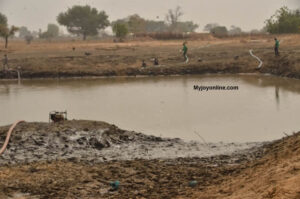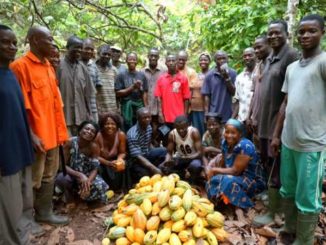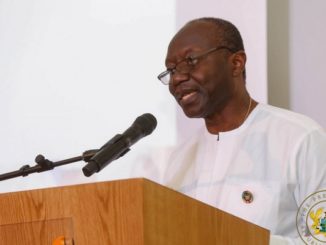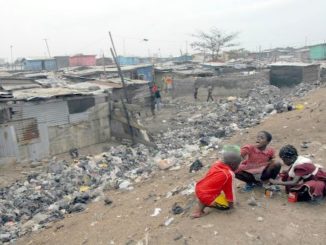A research conducted by the Peasant Farmers Association of Ghana has revealed that about 90% of dams constructed under government’s ‘One Village, One Dam’ (1V1D) initiative in the Upper East Region, cannot be used for irrigation purposes.
The research further reveals that there was poor consultation with other government agencies such as the district assemblies in the planning phase of the initiative and as a result; the district assemblies could not effectively supervise the projects.
The Peasant Farmers Association of Ghana with funding from OXFAM commissioned the research to examine the implementation of the ‘One Village, One Dam’ initiative in the Upper East Region.
The study aimed to among other things establish the number of dams constructed within the region, examine the appropriateness of the dams in serving domestic and agricultural purposes and determine the usefulness of the dams in addressing the water requirement of the beneficiary communities during the dry seasons.
The research which was led by Prof. Joseph Yaro of the Department of Geography at the University of Ghana established that so far; 83 out of the 140 dams promised the by the government, have been completed.
This represents 59%.
Giving some details of the research findings, Prof. Joseph Yaro said people in beneficiary communities were not involved in “the site selection, the kind of dams and what they could be used for”.
He said “normally, when we have projects of this nature, we do environmental and social (impact) assessments. But these were taken for granted and left out and that subsequently has come back to haunt us”.

“As we have realized, dams have been abandoned and the little lands that families had which were given out for the dams have become degraded lands that they cannot use for anything”, Prof. Yaro added.
He further revealed that about 90 percent of the dams constructed under the “One Village, One Dam” initiative in the Upper East Region cannot be used for irrigation purposes.
“Most of these (1V1D) dams can be classified basically as domestic or livestock dams in terms of use. So irrigation really, is out of the question for probably 90 percent of these dams. It is not possible for irrigation”, he said.

He revealed further that for many of the places where dams were constructed under “One Village, One Dam”, government could have constructed better quality dams; four times the size of the 1D1V dams.
“We think that it will be much useful in the future, if we aggregated the dams and constructed dams in places where dams are possible and left out communities that do not have the best geology for dams”, Prof. Yaro said.
The Peasant Farmer Association of Ghana’s research also touched on the key issue of the amount of money allocated for the construct of each dam and whether the amount was enough to construct good quality dams.
Andrew Alalbilla, an engineer with the Ghana Irrigation Development Authority who were interviewed as key informants in the research said the Two Hundred and Fifty Thousand Ghana Cedis (GHC 250, 000) that was allocated for the construction of the 1V1D dams was not enough.
He indicated that “for one to construct a meaningful dam that can be used for irrigation, that money would not be enough. [But] some of the dams we visited met our standards – a dam like the Zagsibuilga dam in the Tempane district”.
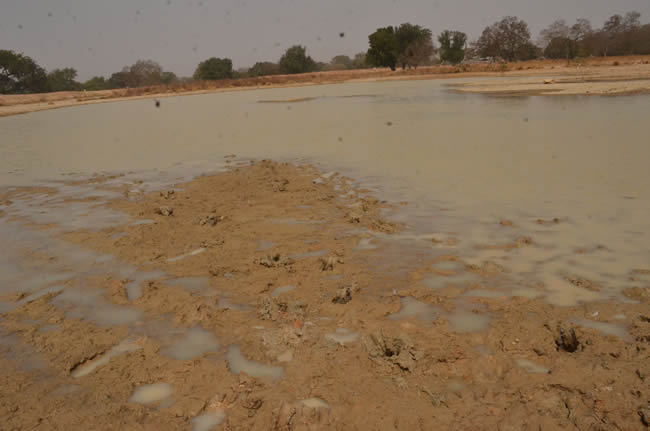
The Association has made some recommendations to the government, based on the findings of their research.
National President of the Association, Abdul-Rahman Mohammed said, “We are calling on the government to revisit the projects and make sure they are renovated and well-structured for the farmers to be able to use them”.
It remains to be seen whether government will improve on the size and quality of dams constructed under the “One Village, One Dam” Initiative.
–
Myjoyonline

